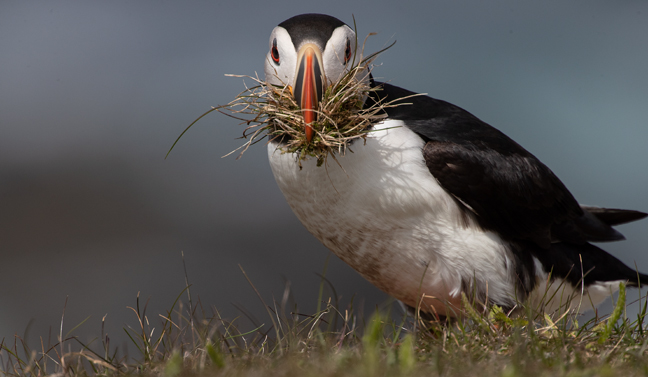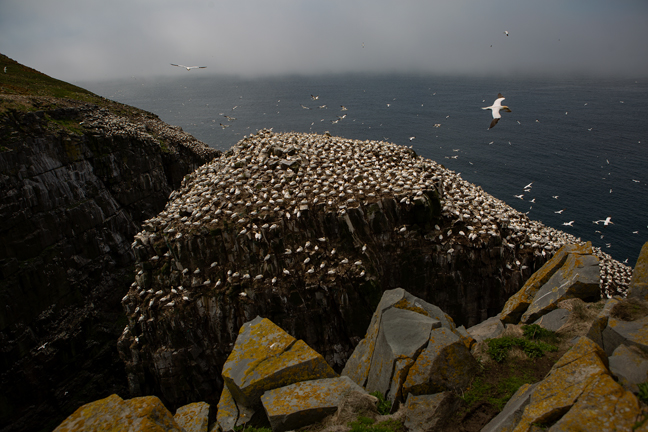

June 2019, Cape St. Mary's Ecological Reserve, St. Brides, NL
Bird Rock at Cape St. Mary's Ecological Reserve, on the southwestern Avalon Peninsula, is the third-largest nesting site and southernmost colony of northern gannets in North America. Cape St. Mary's is also the southernmost breeding area for thick-billed murres in the world and the southernmost major breeding site for common murres in the northwest Atlantic Ocean. (1/7)
©Rich Beckman
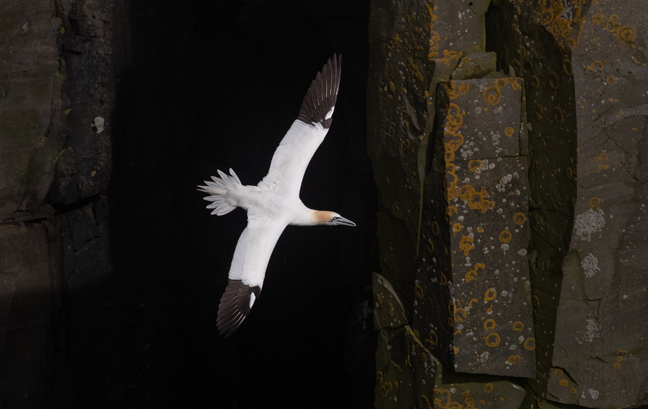

June 2019, Cape St. Mary's Ecological Reserve, St. Brides, NL
Bird Rock at Cape St. Mary's Ecological Reserve, on the southwestern Avalon Peninsula, is the third-largest nesting site and southernmost colony of northern gannets in North America. Cape St. Mary's is also the southernmost breeding area for thick-billed murres in the world and the southernmost major breeding site for common murres in the northwest Atlantic Ocean. (2/7)
©Rich Beckman
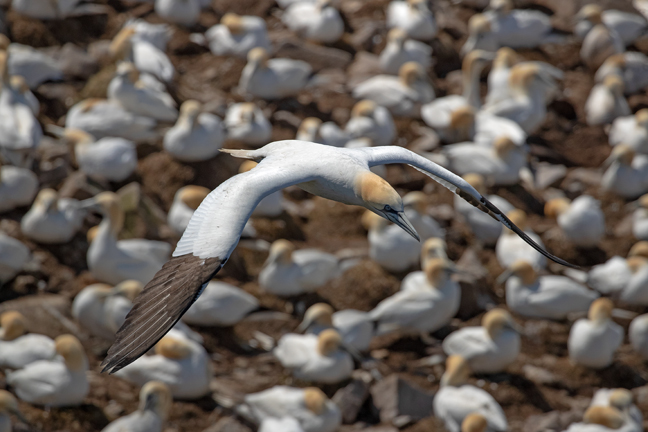

June 2019, Cape St. Mary's Ecological Reserve, St. Brides, NL
Bird Rock at Cape St. Mary's Ecological Reserve, on the southwestern Avalon Peninsula, is the third-largest nesting site and southernmost colony of northern gannets in North America. Cape St. Mary's is also the southernmost breeding area for thick-billed murres in the world and the southernmost major breeding site for common murres in the northwest Atlantic Ocean. (3/7)
©Rich Beckman
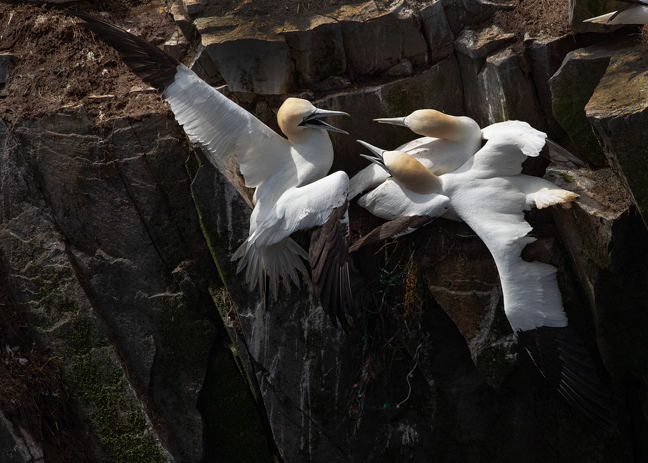

June 2019, Cape St. Mary's Ecological Reserve, St. Brides, NL
Bird Rock at Cape St. Mary's Ecological Reserve, on the southwestern Avalon Peninsula, is the third-largest nesting site and southernmost colony of northern gannets in North America. Cape St. Mary's is also the southernmost breeding area for thick-billed murres in the world and the southernmost major breeding site for common murres in the northwest Atlantic Ocean. (4/7)
©Rich Beckman
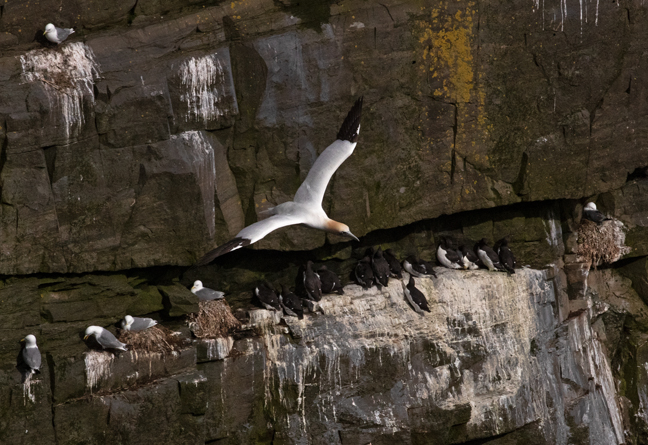

June 2019, Cape St. Mary's Ecological Reserve, St. Brides, NL
Bird Rock at Cape St. Mary's Ecological Reserve, on the southwestern Avalon Peninsula, is the third-largest nesting site and southernmost colony of northern gannets in North America. Cape St. Mary's is also the southernmost breeding area for thick-billed murres in the world and the southernmost major breeding site for common murres in the northwest Atlantic Ocean. (5/7)
©Rich Beckman
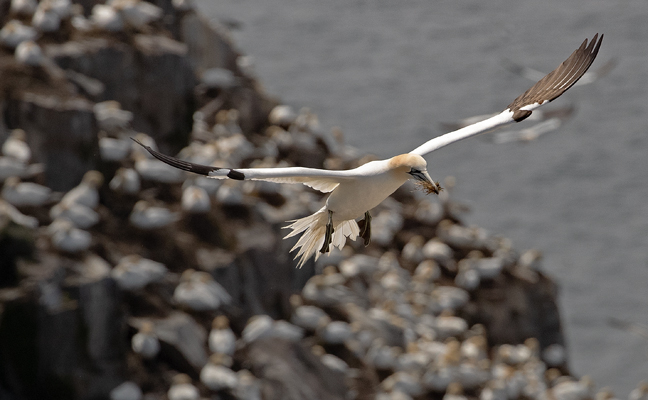

June 2019, Cape St. Mary's Ecological Reserve, St. Brides, NL
Bird Rock at Cape St. Mary's Ecological Reserve, on the southwestern Avalon Peninsula, is the third-largest nesting site and southernmost colony of northern gannets in North America. Cape St. Mary's is also the southernmost breeding area for thick-billed murres in the world and the southernmost major breeding site for common murres in the northwest Atlantic Ocean. (6/7)
©Rich Beckman
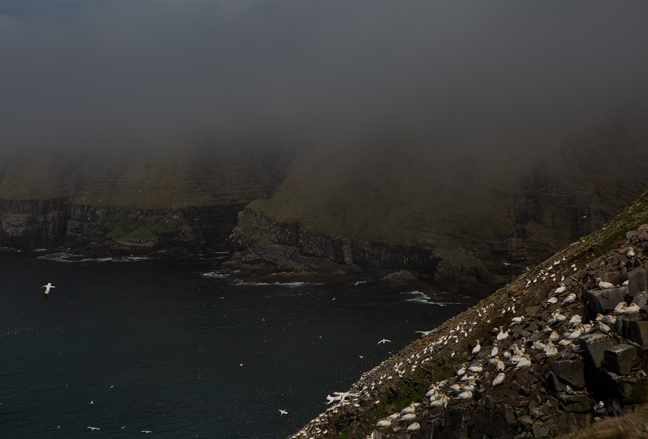

June 2019, Cape St. Mary's Ecological Reserve, St. Brides, NL
Bird Rock at Cape St. Mary's Ecological Reserve, on the southwestern Avalon Peninsula, is the third-largest nesting site and southernmost colony of northern gannets in North America. Cape St. Mary's is also the southernmost breeding area for thick-billed murres in the world and the southernmost major breeding site for common murres in the northwest Atlantic Ocean. (7/7)
©Rich Beckman
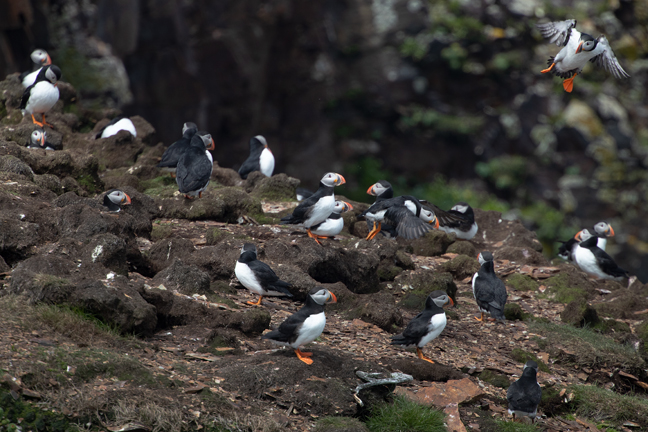

June 2019, Elliston, NL
Elliston, Newfoundland on the Bonavista Peninsula, formally Bird Island Cove, is home to one of the closest mainland viewing sites for breeding Atlantic Puffins in North America. The Atlantic Puffin is the smallest of the four puffin species and is found exclusively in the North Atlantic Ocean. Puffins typically lay one egg per year. They normally keep the same mate every season and use the same burrow as in previous years. (1/6)
©Rich Beckman
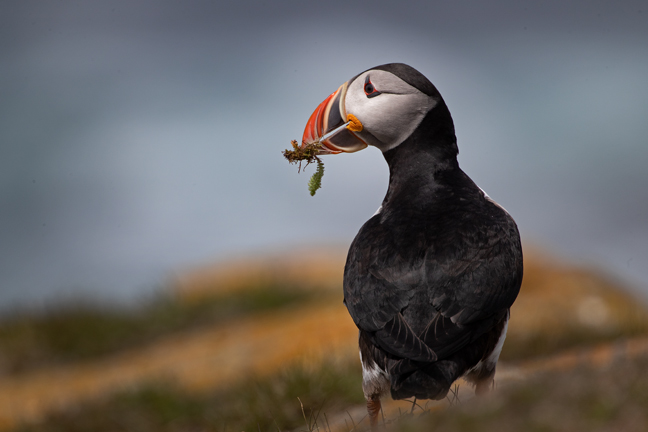

June 2019, Elliston, NL
Elliston, Newfoundland on the Bonavista Peninsula, formally Bird Island Cove, is home to one of the closest mainland viewing sites for breeding Atlantic Puffins in North America. The Atlantic Puffin is the smallest of the four puffin species and is found exclusively in the North Atlantic Ocean. Puffins typically lay one egg per year. They normally keep the same mate every season and use the same burrow as in previous years. (2/6)
©Rich Beckman
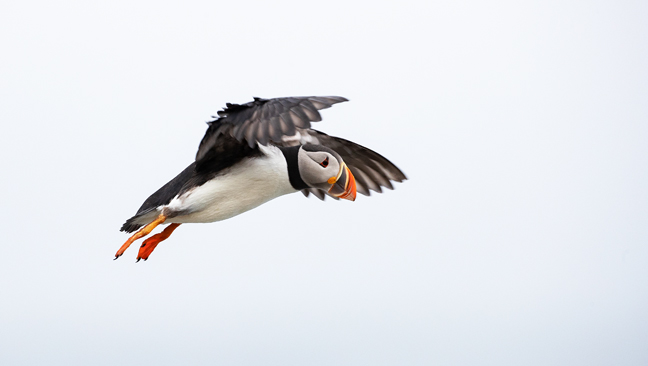

June 2019, Elliston, NL
Elliston, Newfoundland on the Bonavista Peninsula, formally Bird Island Cove, is home to one of the closest mainland viewing sites for breeding Atlantic Puffins in North America. The Atlantic Puffin is the smallest of the four puffin species and is found exclusively in the North Atlantic Ocean. Puffins typically lay one egg per year. They normally keep the same mate every season and use the same burrow as in previous years. (3/6)
©Rich Beckman
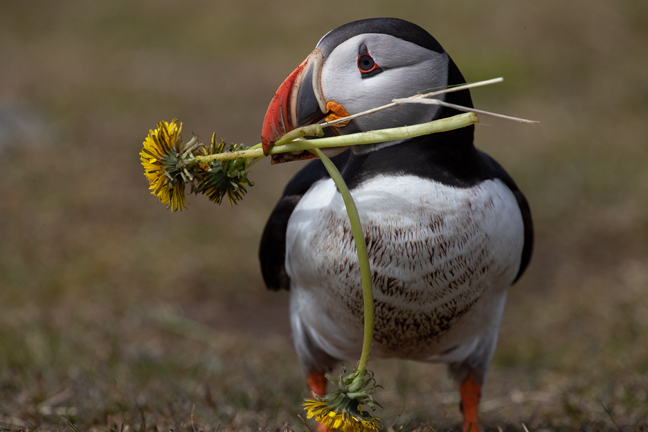

June 2019, Elliston, NL
Elliston, Newfoundland on the Bonavista Peninsula, formally Bird Island Cove, is home to one of the closest mainland viewing sites for breeding Atlantic Puffins in North America. The Atlantic Puffin is the smallest of the four puffin species and is found exclusively in the North Atlantic Ocean. Puffins typically lay one egg per year. They normally keep the same mate every season and use the same burrow as in previous years. (4/6)
©Rich Beckman
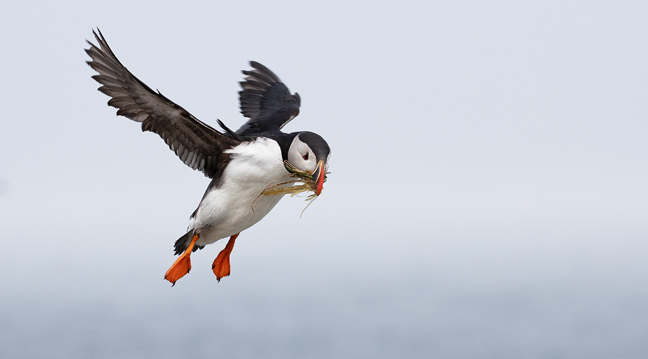

June 2019, Elliston, NL
Elliston, Newfoundland on the Bonavista Peninsula, formally Bird Island Cove, is home to one of the closest mainland viewing sites for breeding Atlantic Puffins in North America. The Atlantic Puffin is the smallest of the four puffin species and is found exclusively in the North Atlantic Ocean. Puffins typically lay one egg per year. They normally keep the same mate every season and use the same burrow as in previous years. (5/6)
©Rich Beckman
